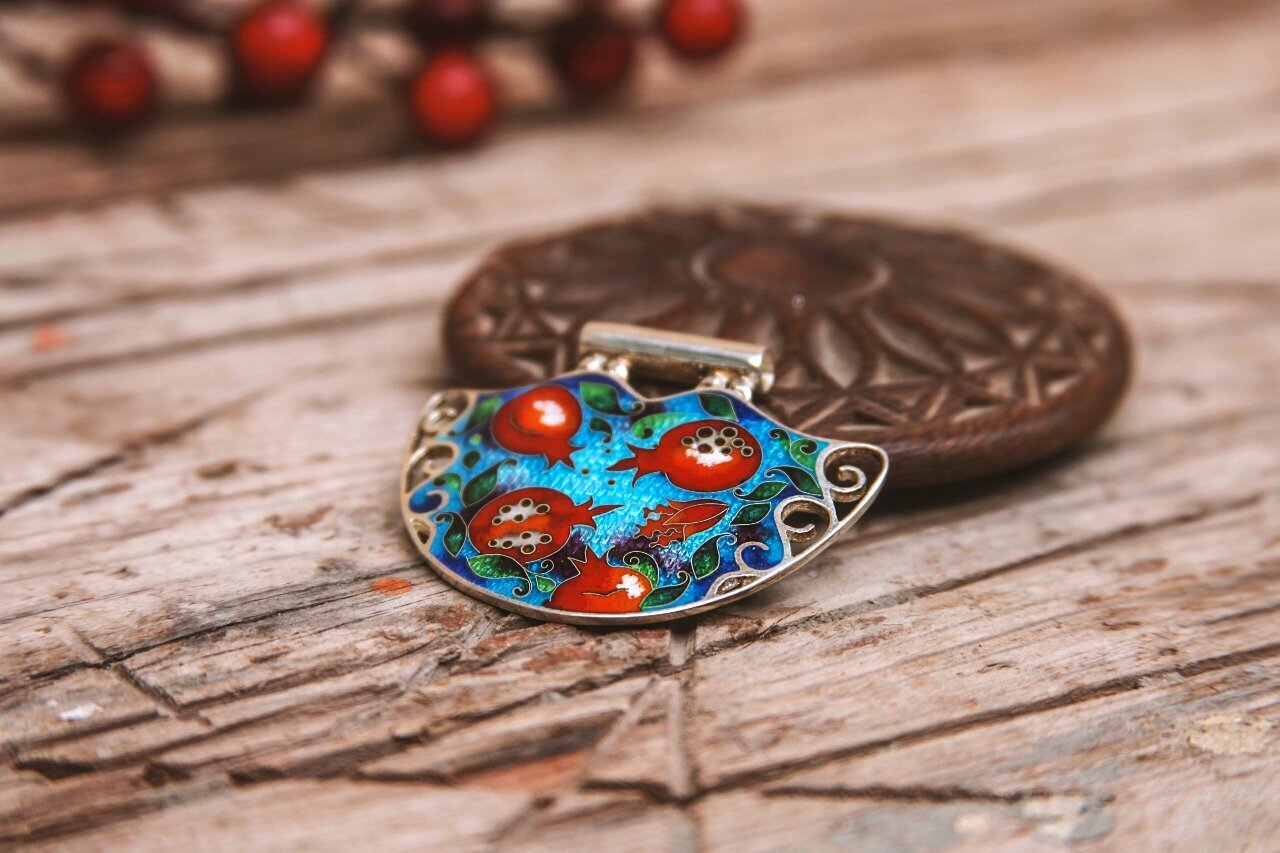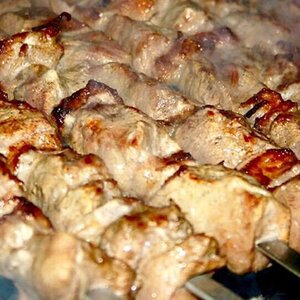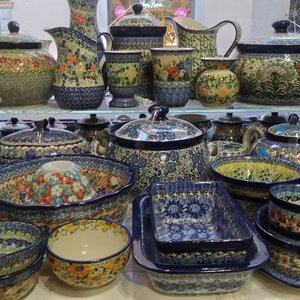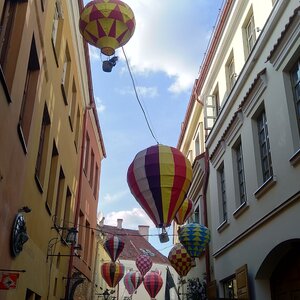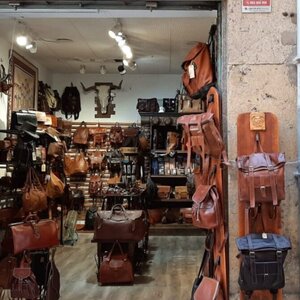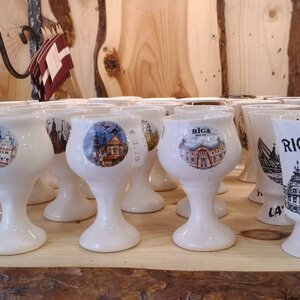cloisonné enamel
One of the brightest and most colorful souvenirs brought from Georgia is jewelry made of cloisonné enamel.
The art of covering with enamel has been known since the times of ancient Egypt, and the first specimens found in Georgia date back to the 8th century. The items are a combination of metal and molten glass with impurities. It can be gold, silver or steel, but in Georgia they mostly work with silver.
Cloisonné enamel has developed in parallel in Georgia and Byzantium since the 8th century, and scholars are still debating where this art began. The Georgian Museum of Art (1 Gudiashvili St., Tbilisi) displays a Georgian-Byzantine collection of 227 items dating from the 8th to 15th centuries.
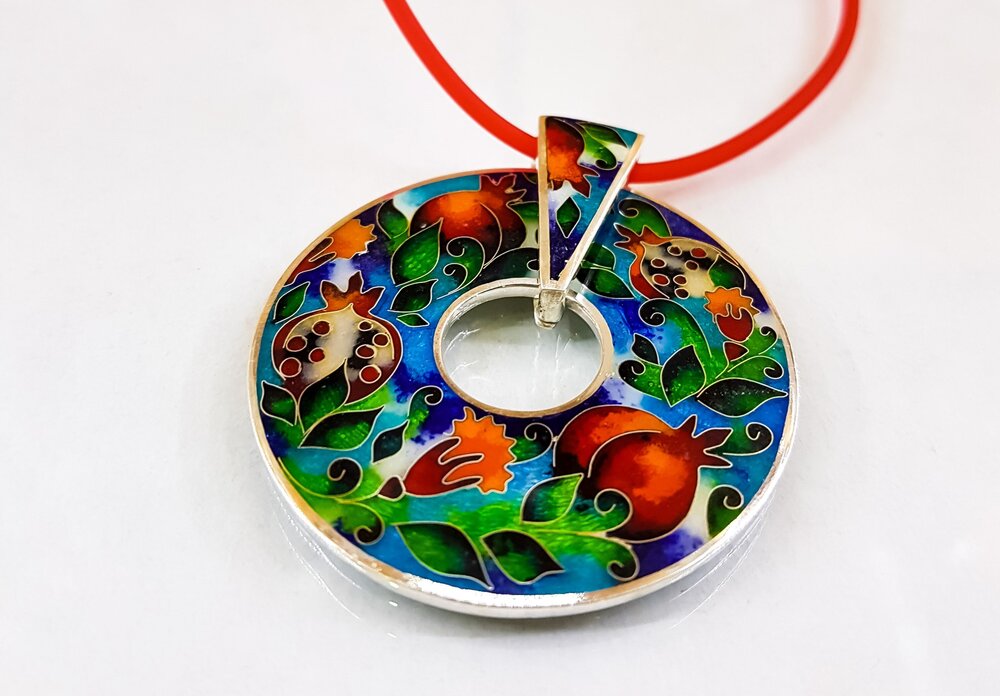
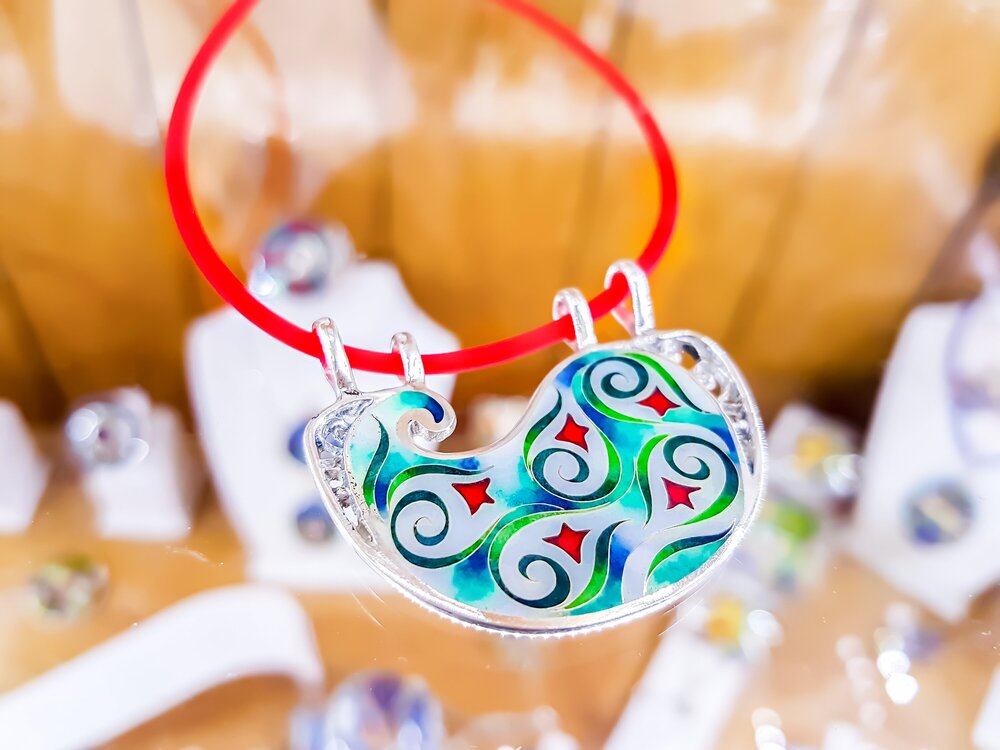
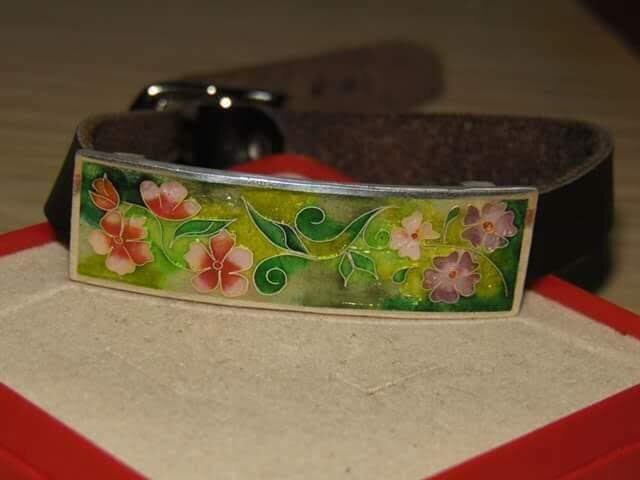
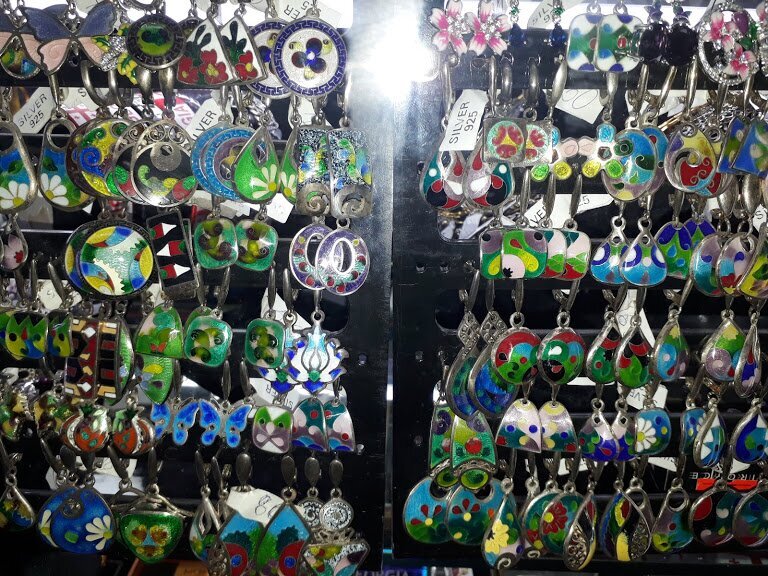
In general, the technique of working with enamel is varied. In different parts of the world it can be:
- Engraved enamel, when a metal plate is covered with such a thin layer of enamel that the engraved coating is clearly visible underneath.
- Artistic enamel — the metal product is covered with a layer of enamel, on which fire-resistant paints draw patterns.
- Cloisonné enamel is created by applying a pattern of fine wires to the surface of the metal, or by directly creating thin partitions deep within the surface.
The resulting containers of the partitions are filled with enamel powder, after which the product is placed in special ovens and quenched at a temperature of 750—800 degrees Celsius. In Bakmy Georgian Enamel Workroom you can see the whole process and if you are lucky, you can participate in it.
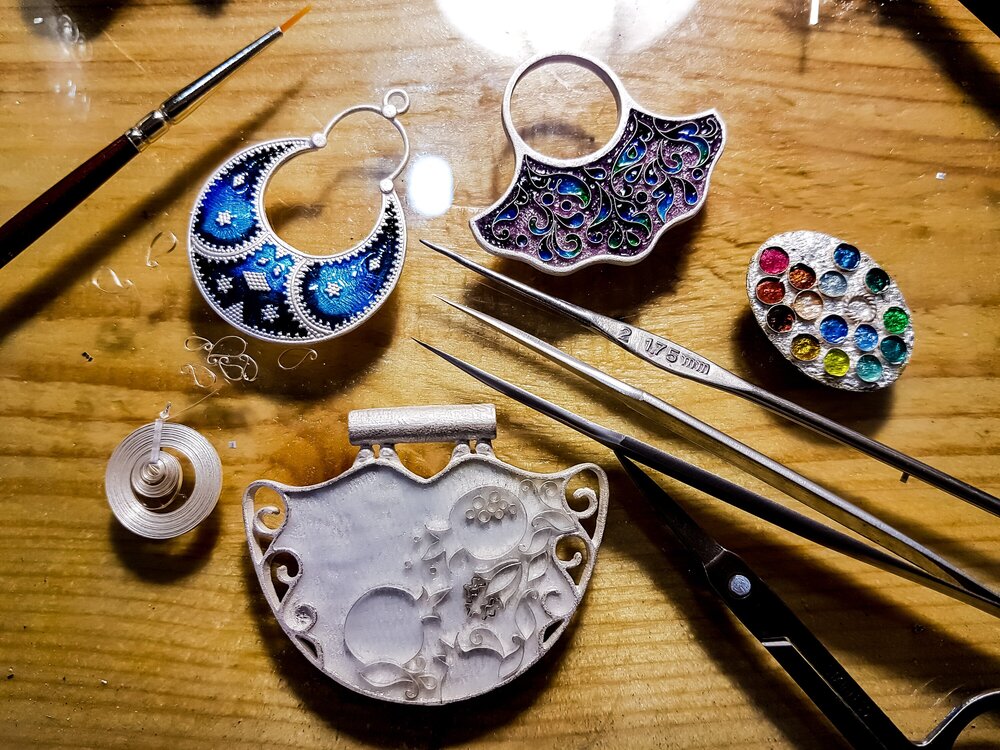
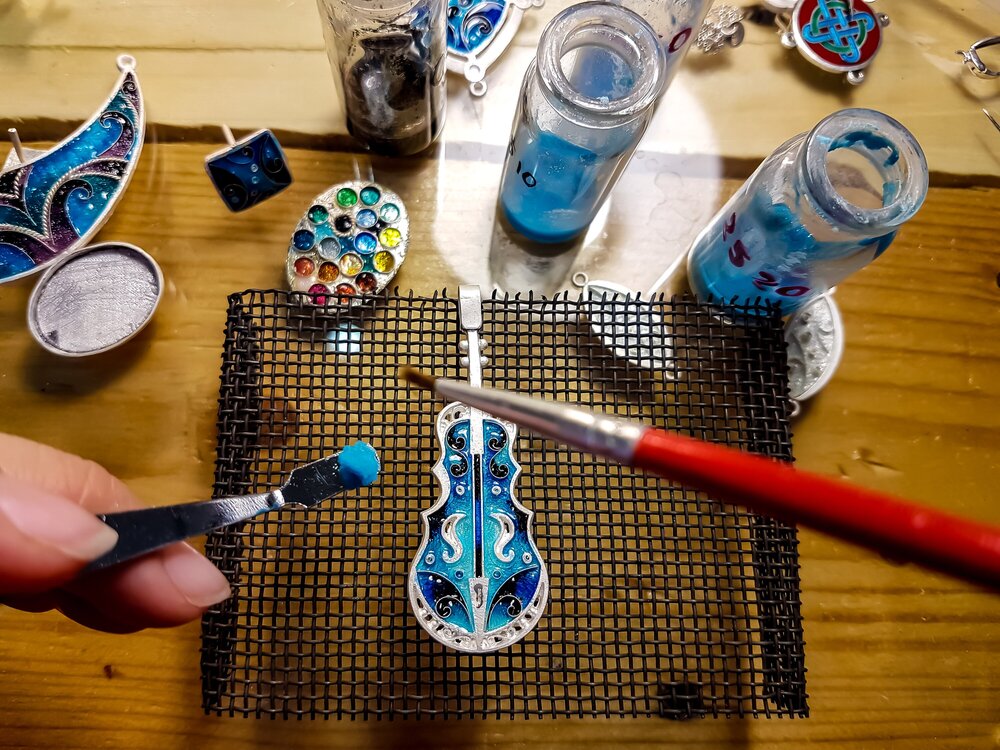

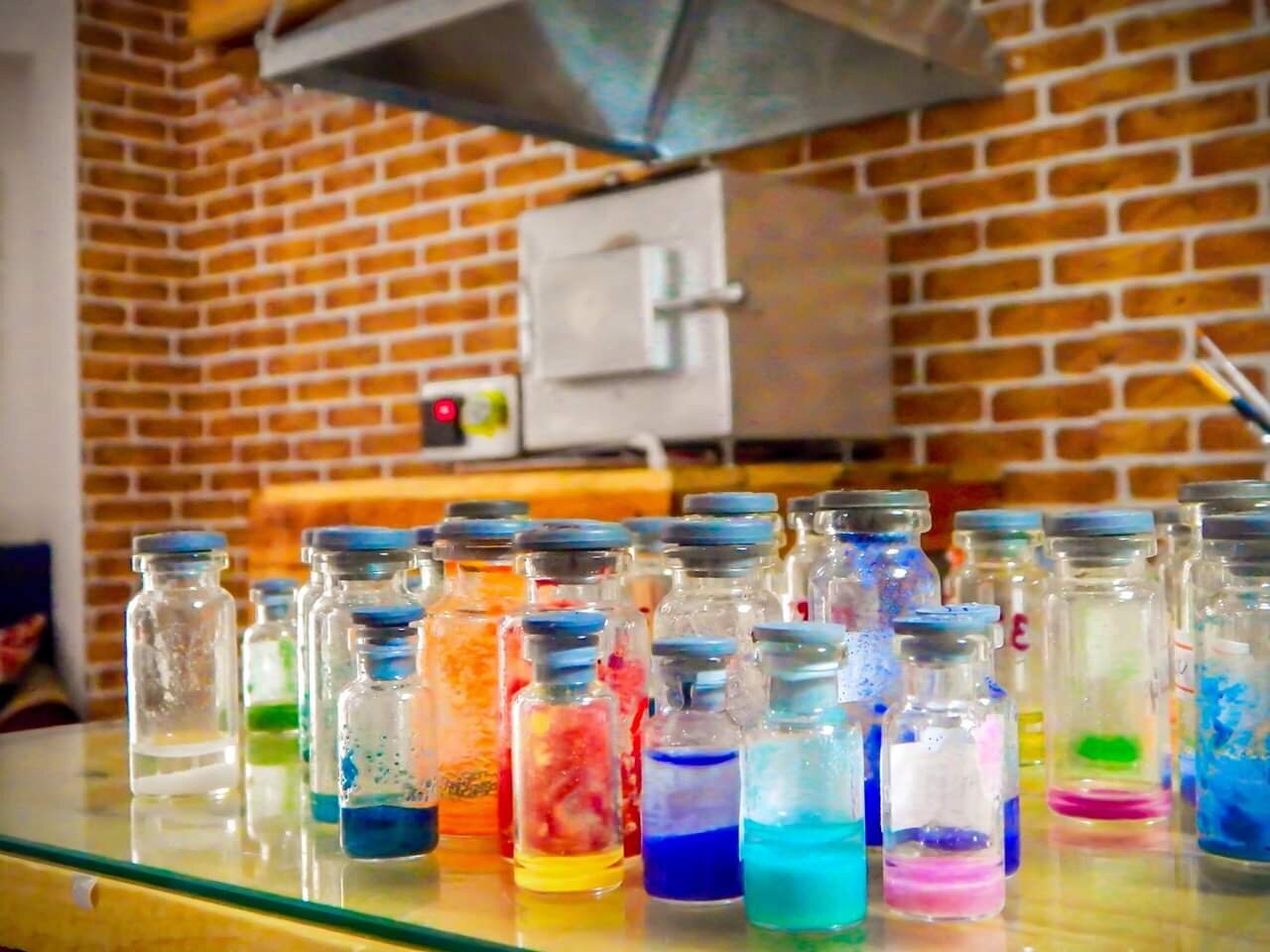
This is how jewelry, icons, crosses and many other items are created. The art of cloisonné enameling in Georgia almost disappeared in the XV century, but since the second half of the XX century it has been revived again.
The works of Georgian masters are characterized by variety and brightness of colors, transparency and depth of coating. Almost all the work is done by hand, so the prices for cloisonné enamel are quite high, especially if the piece is gold or silver.
The cost of small silverware is 40—80 GEL, while larger items cost 100—150 GEL.
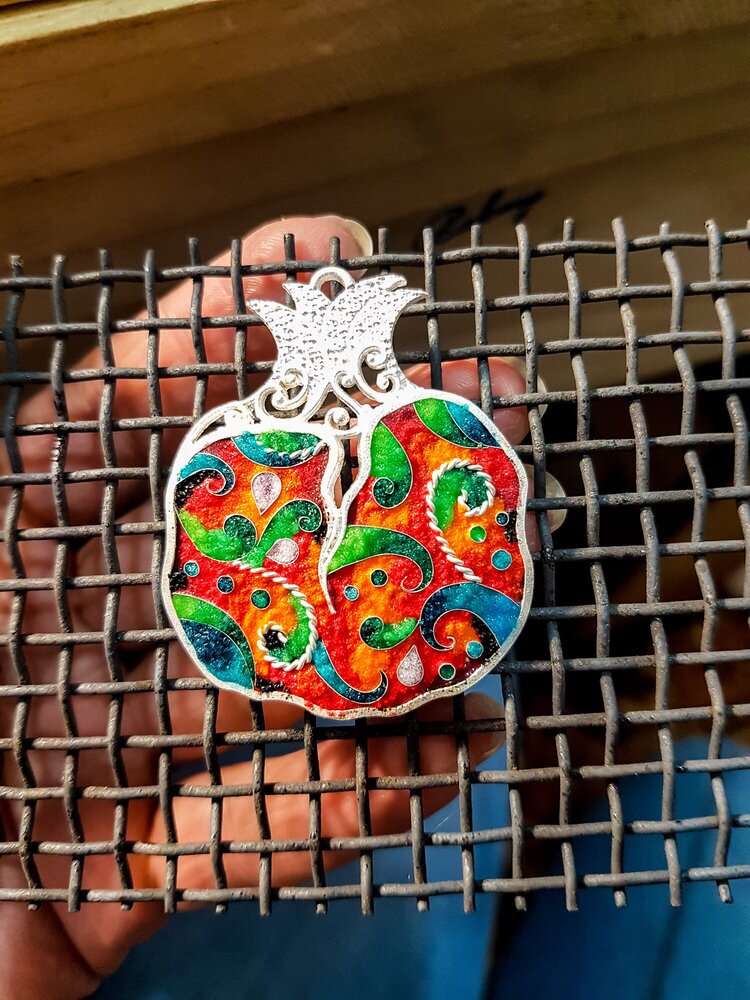
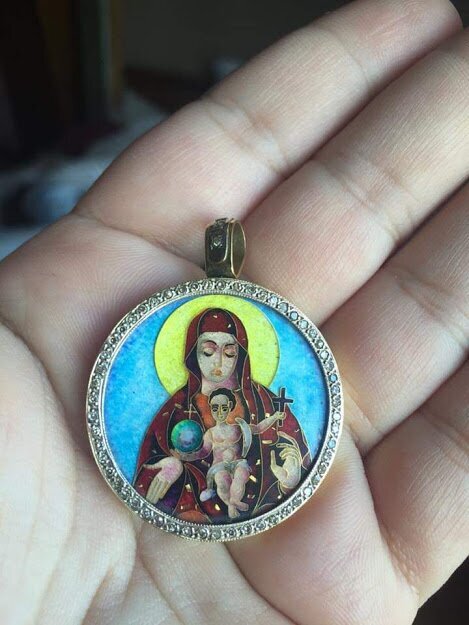
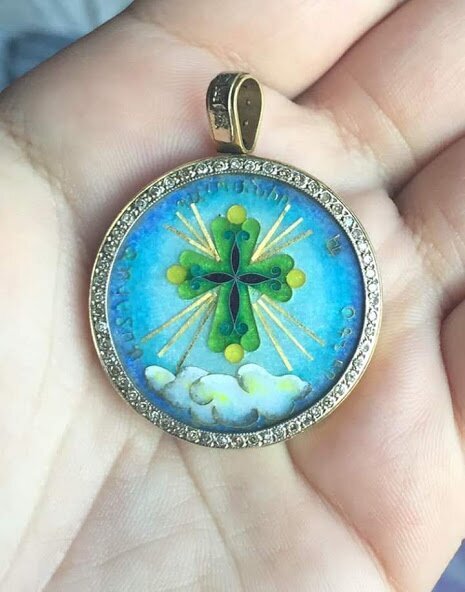
A wine horn
One of the main and colorful attributes of a Georgian feast, it is still actively used today as a vessel for wine to drink a «ganshkhavebuli» (special) toast at a wedding or christening. Of course, when toasting the newlyweds, a dear jubilee or a little godchild, the amount of wine drunk should be special! The horn, which can hold up to 2 liters, copes perfectly.
Naturally, such a vessel must be drunk «to the bottom», otherwise the remaining wine will spill out, which should not be allowed. This is the only vessel that cannot be put on the table without drinking it to the end. Remember, if you are offered «ganshkhavebouli», be prepared that you will be solemnly handed a horn with a liter of wine, not drinking which is considered disrespectful to the celebrant in Georgia.
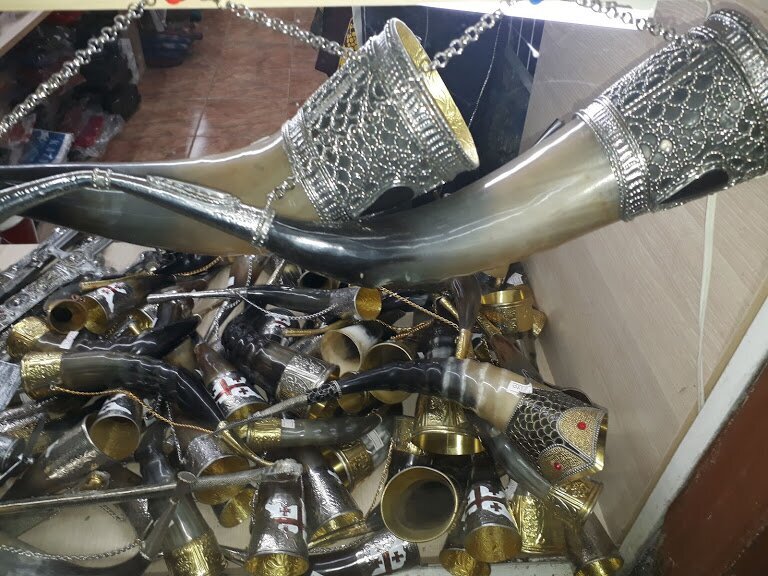
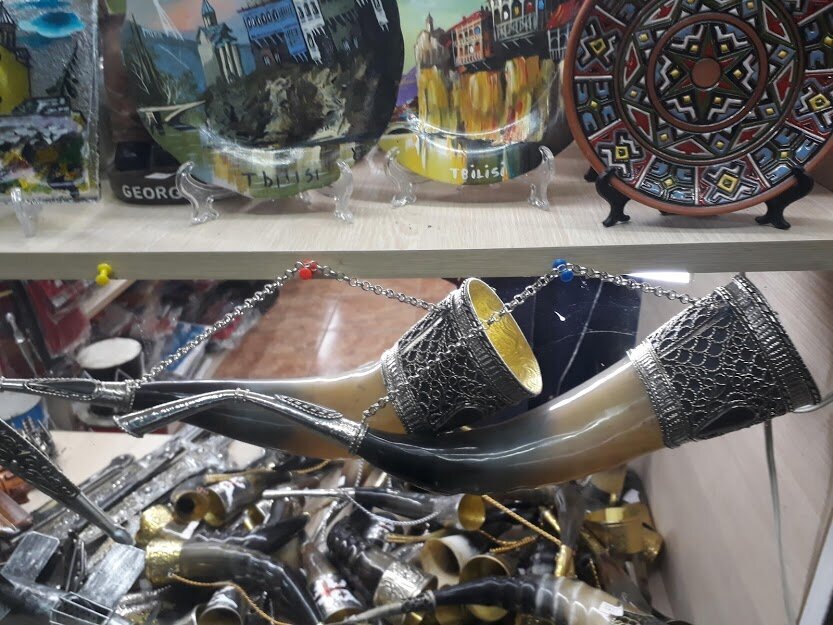
The horns of buffalo, bull or mountain goat are used to make this vessel. The horns are boiled, cleaned, trimmed and polished. Then decorated with metal ornaments and engraving with niello, often with elements of silver. Usually a chain is attached to the horn so that it can be hung on the wall as a souvenir. Often the pair comes with a special stand. The horn is especially popular as a vessel in eastern Georgia.
Cost — from 15 GEL for a small horn, but it will most likely be made of plastic, imitation. Natural horns cost 50—250 GEL, depending on the size and design.
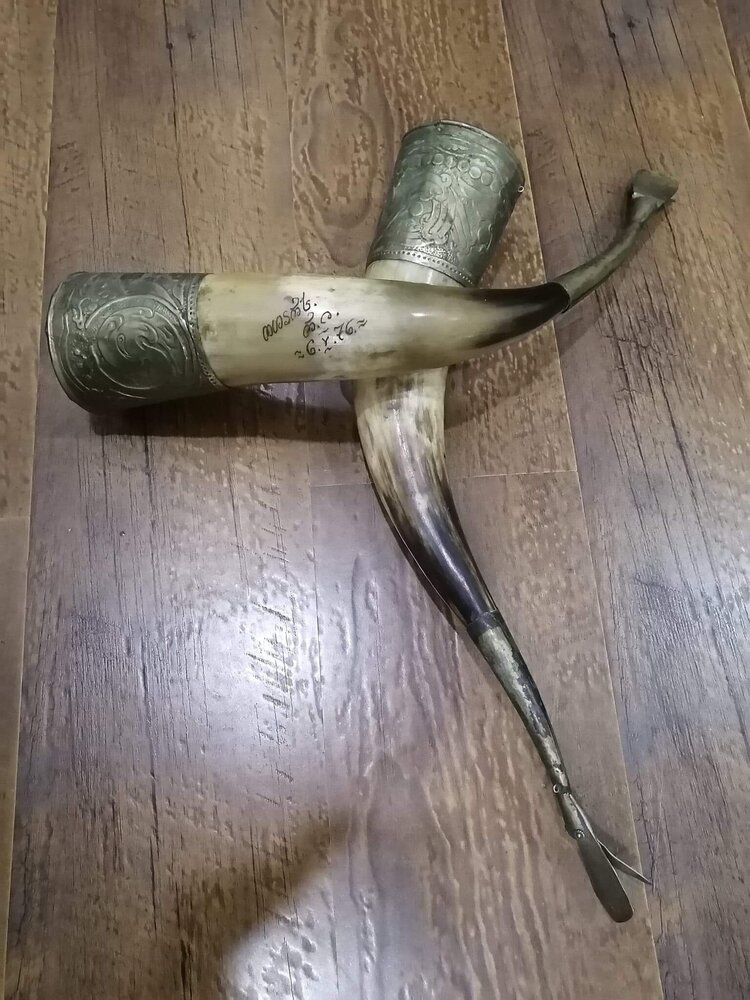
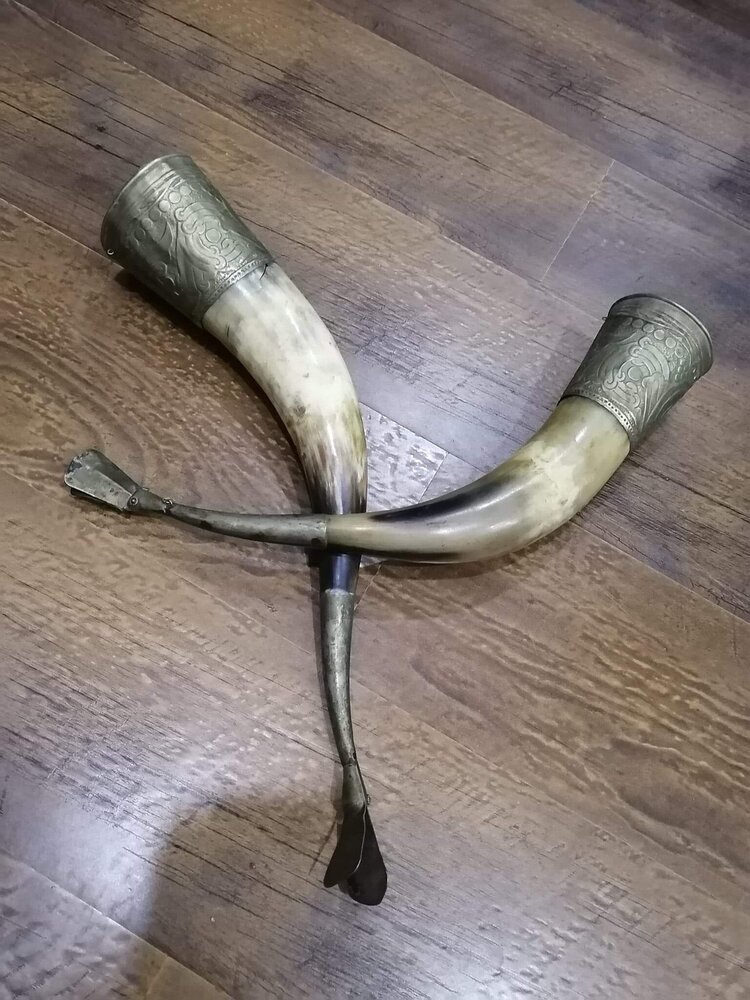
Georgian dagger
A traditional Georgian dagger is a symbol of masculinity. It is an inseparable attribute of Georgian men’s national dress — «chokha». It can be seen even on very young boys dressed in national clothing on solemn occasions.
A dagger consists of a double-sided steel blade, a hilt and a sheath. The hilt is usually made of steel, bone or horn. The steel sheath is decorated with stones, figurative slits or engraving.
The scabbard is usually upholstered in leather, but can also be made of bone or steel. The decoration can be very diverse — from thin metal lace to gold and silver inserts.
The blade of a Georgian dagger is flat, relatively short, and has a chink (narrow groove) in the middle. It should sit tightly in the scabbard, so that not the slightest movement is felt, but at the same time it should be easy to enter it and take it out in the same way.
Daggers of a similar shape were discovered during archaeological excavations of the Late Antiquity period in the Sachkhere region in western Georgia. In the 18th and 19th centuries, along with India, Georgia was famous for the world’s best steel forging masters.
Today you can buy a dagger in Georgia in souvenir shops. There are both inexpensive items and very expensive exclusive specimens finished with precious stones and metals. Prices range from 20 to 800 GEL.
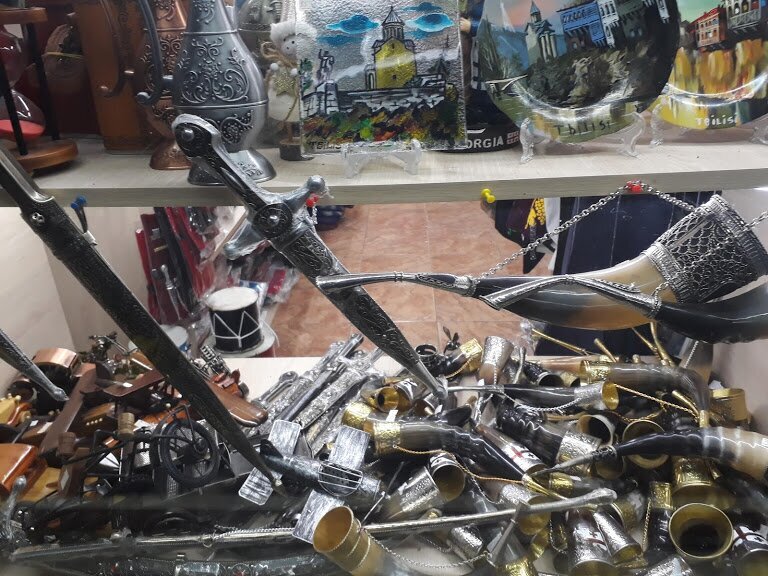
Wine as an art souvenir
Wine is something that even those who don’t drink it at all don’t come back from Georgia without.
Georgian wine has 8000 years of history and is known all over the world. A real Khvanchkara or Tsinandali is already a great gift. And if you buy a good wine in an original ceramic vessel, it will not only be a good souvenir, but will also remind you of a Georgian feast for a long time. This vessel is reusable, environmentally friendly and has its own cork. Georgian hostesses have been using them for many years to store fine draught wine, which they buy at the market from local winemakers.
A jug can be made in the form of a figure of a colorful character «kinto», Georgian residents in national costumes, a jug wrapped in a vine or with voluminous Tbilisi balconies looking down from the cliff to the Kura River. Big khinkali or Adjara-style khachapuri — there is no end to the fantasy of local masters.
The cost of such a souvenir is 15—60 GEL.
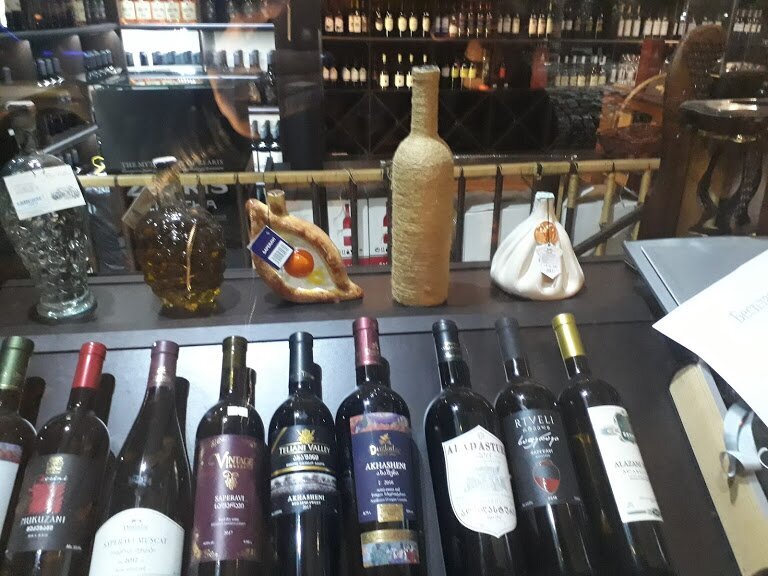
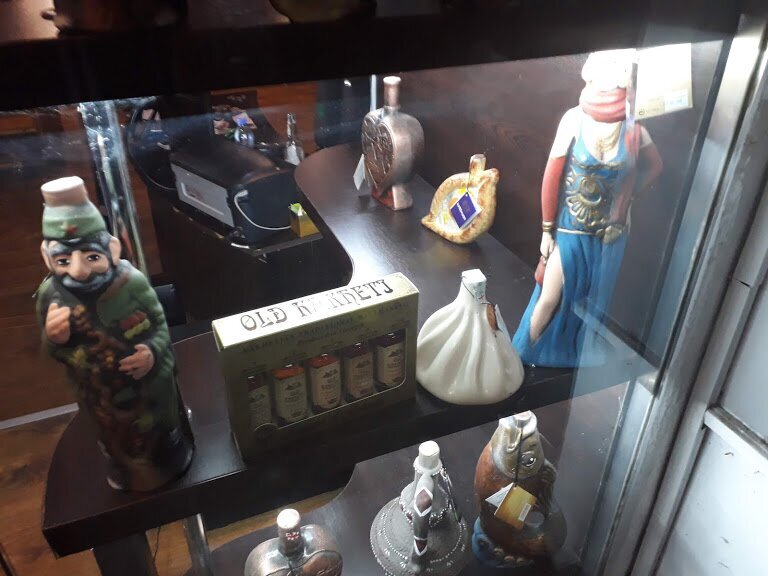
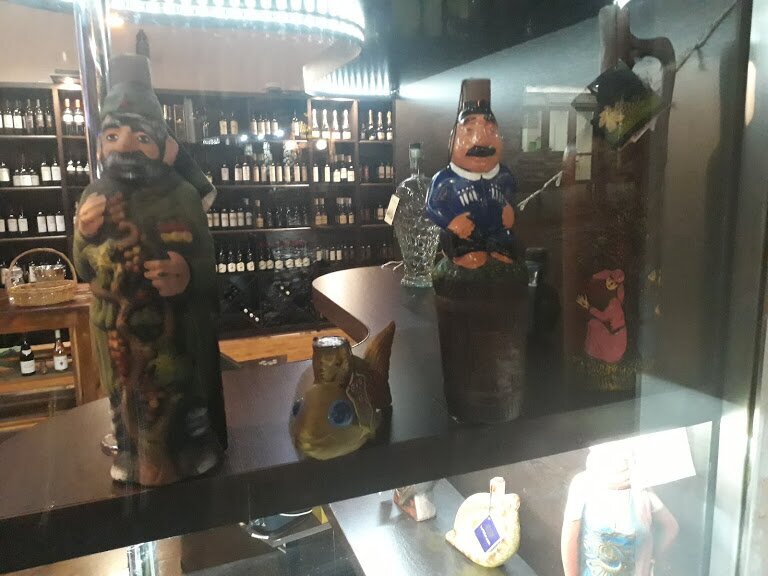
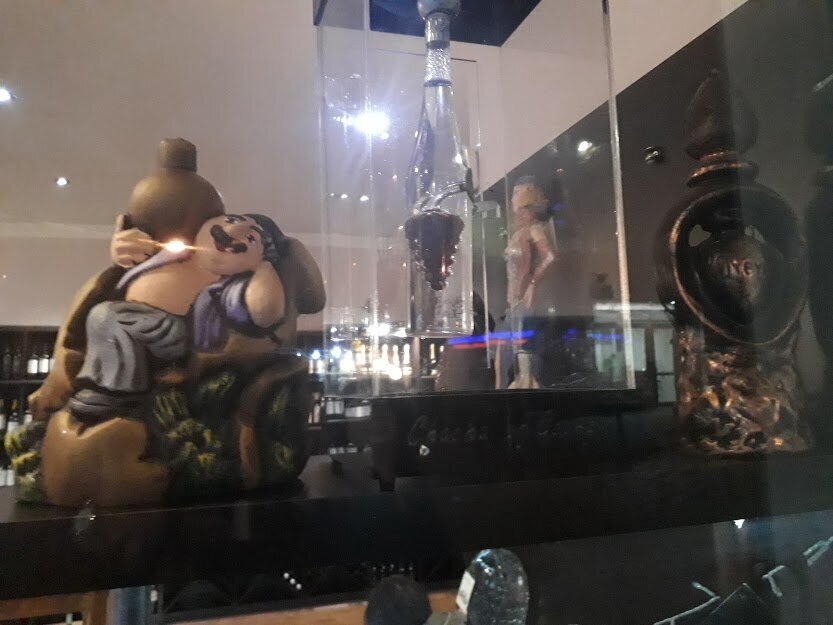
Where to look for souvenirs
Stores with such souvenirs are most often found in the center, Liberty Square and the Old Town. It is better to buy wine in special wine boutiques, of which there are many on Kote Apkhazi Street (former Leselidze Street), A. Pushkin Street and Rustaveli Avenue. They will also give you a free tasting so that you don’t buy a «cat in a bag».
Check out the famous «Dry Bridge» in Tbilisi — here you will find a lot of exclusive and unexpected souvenirs, works of Georgian artists, and you can just feel the color of the Old City.
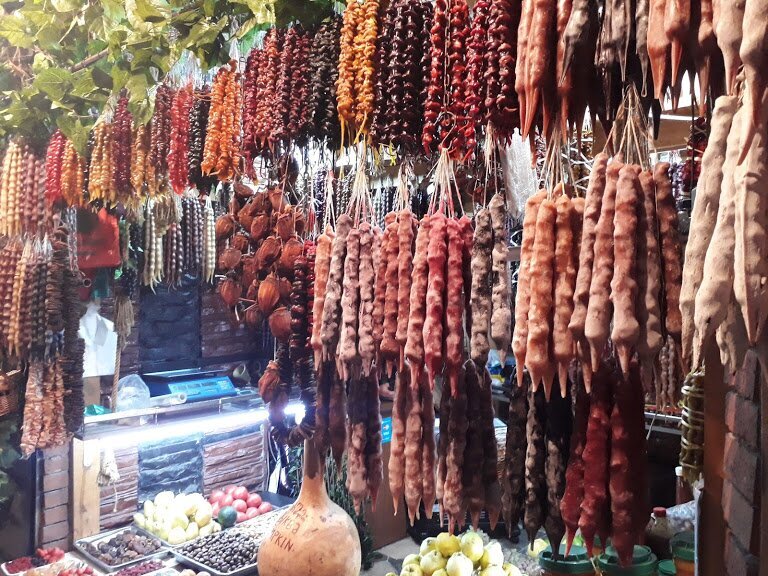
What you need to know about importing souvenirs into Russia
Russian customs have restrictions on the import of certain goods, and the number of friends you bring souvenirs to is not a mitigating factor for customs officials. So remember these restrictions and try not to violate them. Importing prohibited items or importing permitted items in excessive quantities may result in confiscation and fines.
- Weapons are prohibited for import into the Russian Federation. The situation with blades is ambiguous: if a dagger is not recognized as a cold weapon, it may be carried, but only in luggage. However, in case of doubt, customs officers will send the knife for examination. If it is recognized as a cold weapon, it will be confiscated and the tourist will be fined. Therefore, before buying a dagger, be sure to check the current rules of carriage.
- Alcoholic beverages, including wine, may be brought in luggage in the amount of 3 liters per adult citizen. Only drinks bought in duty-free luggage may be brought in hand luggage.
- Foodstuffs, vegetables and fruits can be brought in up to 5 kg in luggage and/or hand luggage. Edible souvenirs must be in their original packaging.
- When transporting jewelry or decorative items, keep the receipt from the store: if customs officials have doubts about whether you are carrying an item of cultural and historical value, the receipt can be proof of its price and the fact of purchase.

